
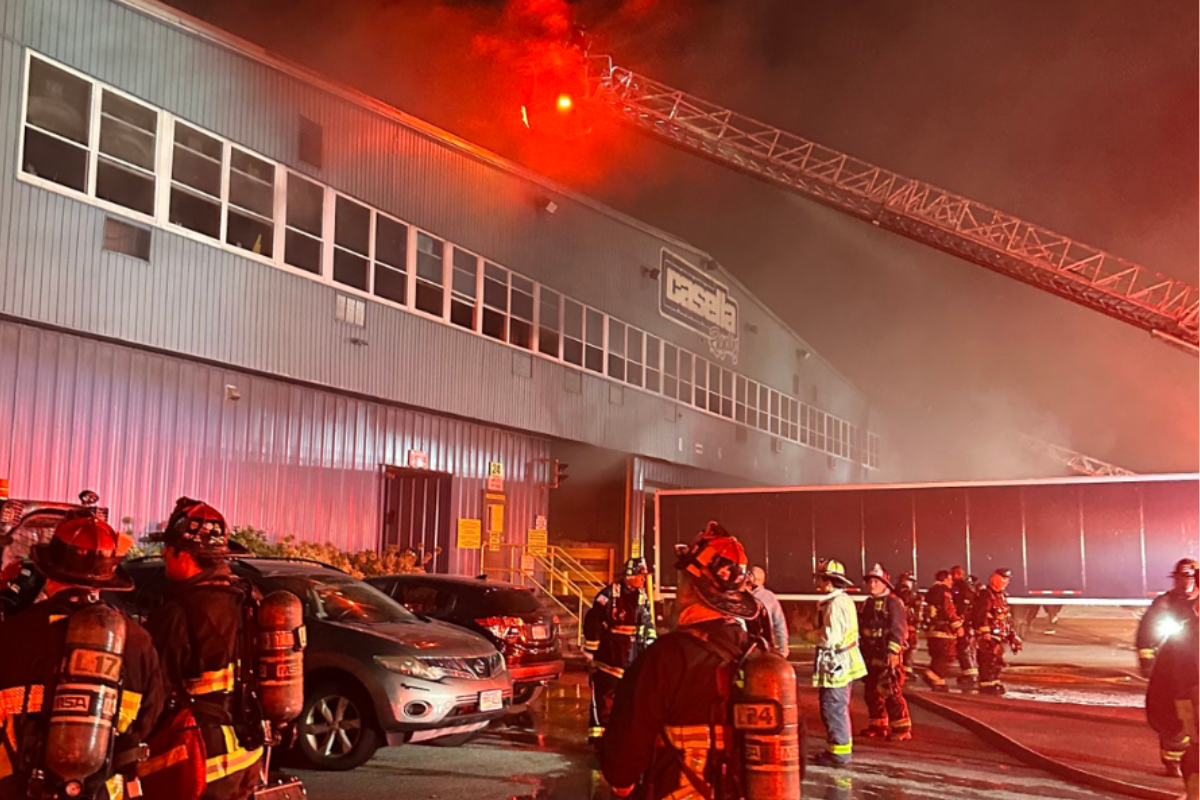
Fire Rover analyzed nine years of data to discover trends in recycling facility fires. | Photo courtesy of Boston Fire Department
Across North America, recycling and waste management facilities are experiencing an increase in reported fires, with 2025 predicted to reach a new annual high. A recent special report by Fire Rover highlights this trend, attributing the record-high reported numbers and escalating financial risks to factors such as lithium-ion batteries, escalating demands from insurers and inadequate control measures. Continue Reading
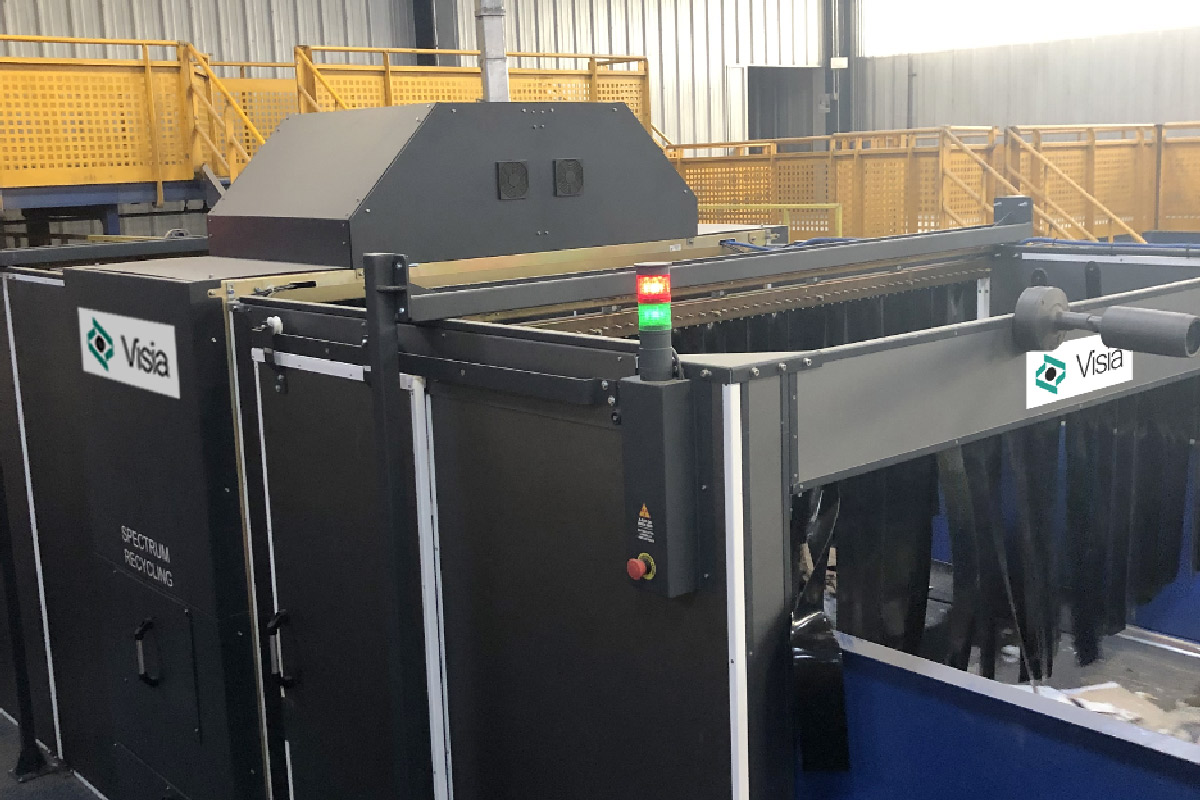
Visia’s internal analysis shows facilities that adopt the technology often record a 30% to 50% reduction in thermal events. | Photo courtesy of Visia
Visia’s effort to curb battery-related fires in recycling facilities is beginning to show measurable results, according to new data from the company’s first wave of commercial installations.
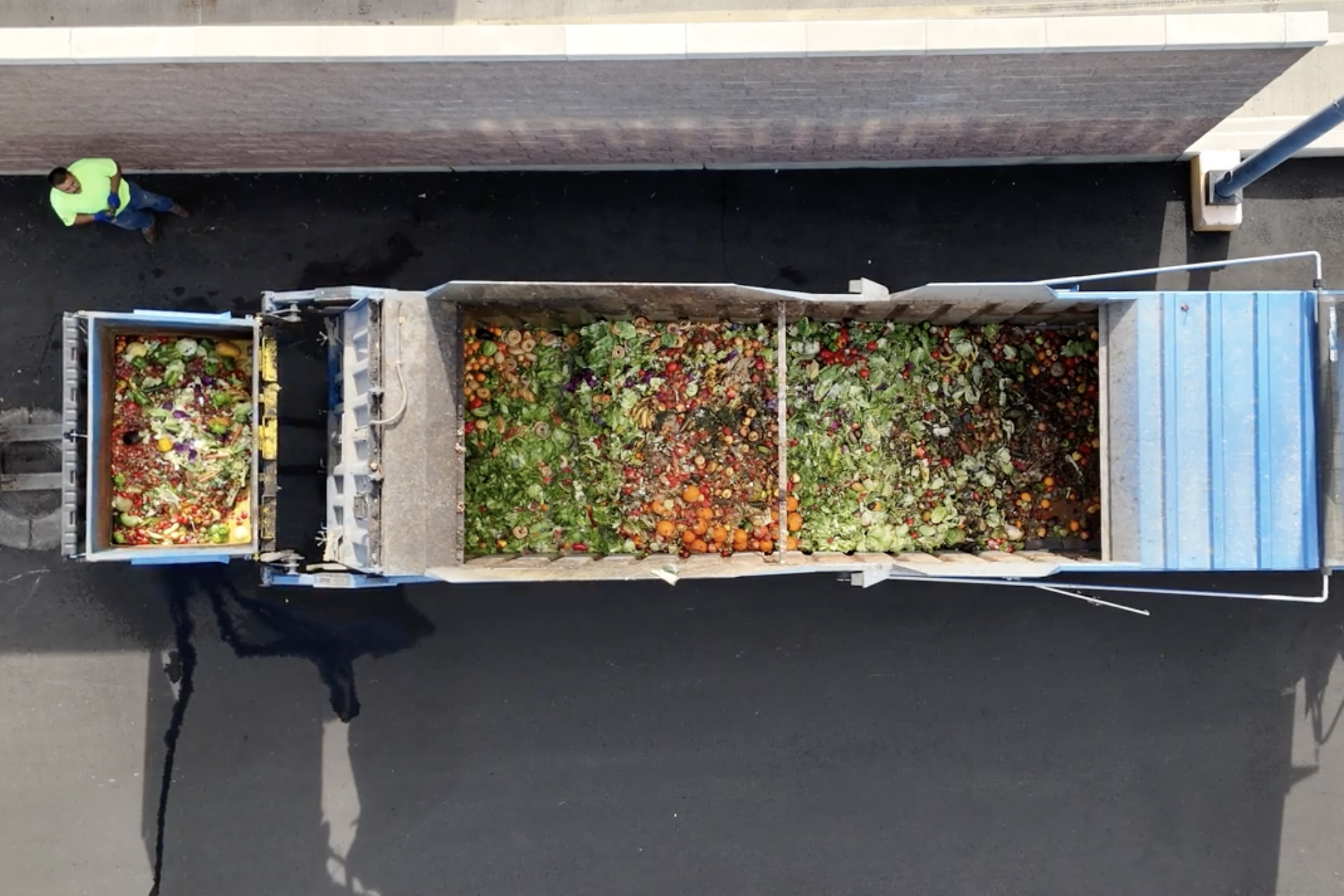
Denali says it recycled 7 million tons of organics in 2024, including 1 million tons of food waste, with new depackaging and Walmart compost sales. | Photo courtesy of Denali
Editor’s Note: Organics will be featured in sessions at the 2026 Resource Recycling Conference, Feb. 23-25 in San Diego, California.
Commercial food waste handler Denali said it recycled nearly 7 million tons of organic material in 2024, including more than 1 million tons of food waste.
Continue Reading
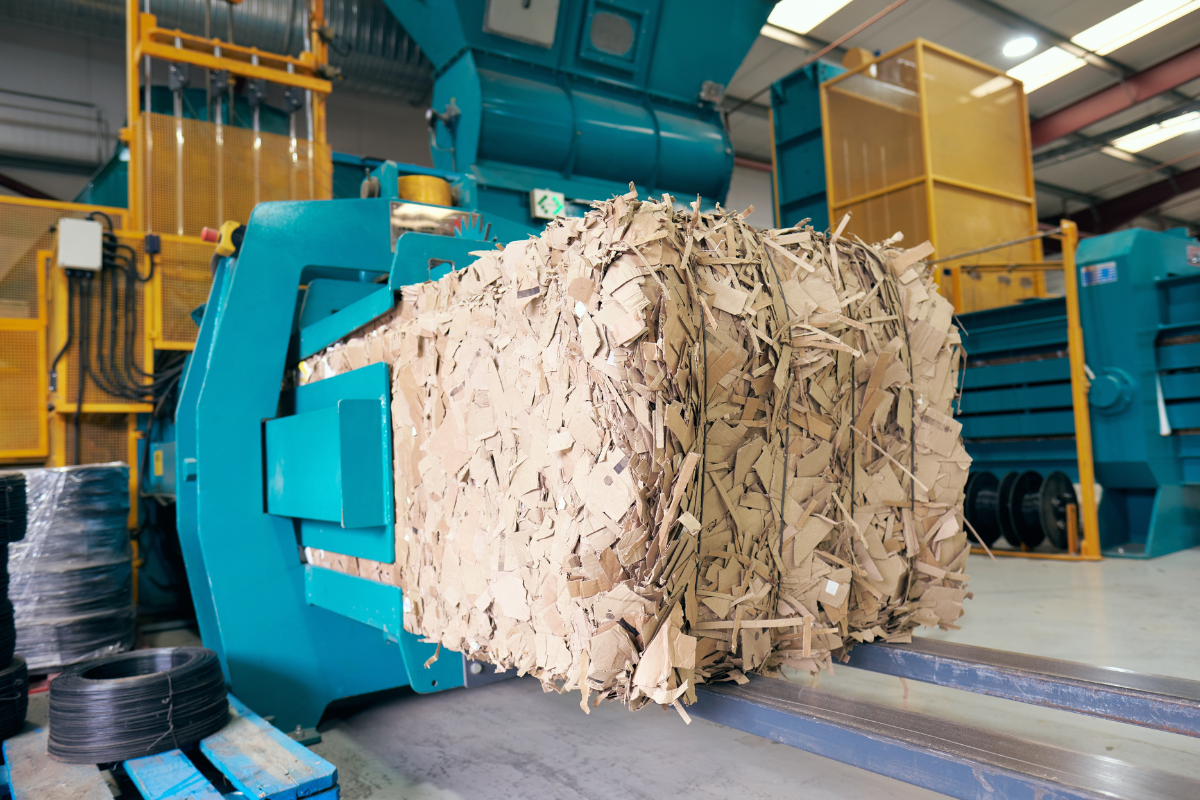
The mixed picture reflects three forces moving in different directions, according to an executive from the American Forest & Paper Association. | Seeshooteatrepeat/Shutterstock
US paper recycling rates declined modestly in 2024 even as domestic mills increased their use of recovered fiber, according to the latest report from the American Forest & Paper Association. Continue Reading
Prices for PET, HDPE and PP bales saw significant drops again this month, with paper grades, plastic film and UBCs also marginally lower. Continue Reading
Continue Reading
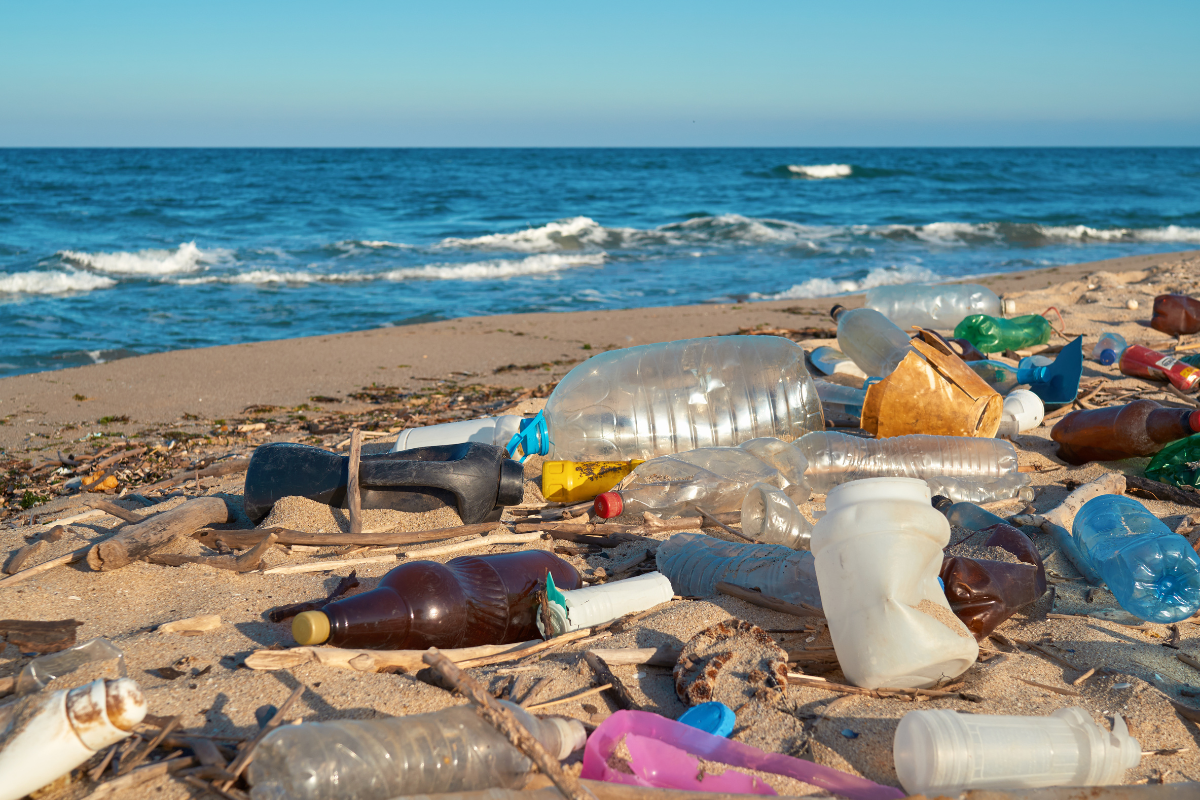
The Geneva talks ended without agreement, highlighting sharp rifts on production caps, leaving no clear picture of when they might resume. | Maryshot/Shutterstock
After nearly two weeks of tense negotiations, the world’s attempt to forge the first legally binding treaty to end plastic pollution collapsed in Geneva, leaving delegates exhausted, civil groups dismayed and the path forward uncertain. Continue Reading

Executives from paper fiber companies detailed strategies aimed at balancing infrastructure gains with shifting demand and other headwinds. | Jim Barber/Shutterstock
Several U.S. paper and packaging companies moved to reshape operations as they reported second-quarter results amid market softness, cost pressures and shifting demand. Continue Reading
